It's been longer since my last post than I intended to. Indeed, I had written a post, moaning about how indoor plants seem to go badly with traditional Christmas decoration. But just as I was finishing it, news broke about the terror attack on the Christmas market in Berlin, Germany. I couldn't bring myself to post what I had written. Any attack is horrific and disgusting, of course. But if it hits your hometown, it feels a little closer to the bone still...
Anyway, this is going to be a short post, too, as half the family is still down with a nasty stomach bug we have had for the past few days. I'm manning the fort - but have little time for anything else.
Stalks of phlox and michelmas daisies - soddenly keeling over, looking decidedly drunk - half-rotten flowers and old leaves, etc. etc. were all gathered into a big bag. I was careful to move any critters hiding within as well and left the bag standing open, in case some others wanted to move in as well.
As we haven't had any real frost yet - at least not in my garden - last years ornamental sages (Salvia species) are still in bloom, as are some chrysanthemums, pelargoniums and fuchias. Their vivid colours of pillarbox red, deep blue and magenta or rose pink make an odd mixture with the white cyclamen, lilac pansies and hellebores. This year, the latter (forms of Helleborus niger) were Christmas roses indeed, flowering their little heads off on the special day already. Most years, they bloomed later for me. I know I should cut some to take inside and appreciate at close quaters, for only then will I enjoy them in all their beauty and detail. But somehow I didn't have the heart to do so.
I still need to prune the roses and cut back the encroaching tentacles of the Virginia creeper (Parthenocissus quinquefolia). But this can be done later this month or even in February, if need be. However, I really should have planted the tulip bulbs by now! Alas, the lure of the sofa (and the gingerbread!) proved too strong for me. I feel a New Year's resolution coming on...
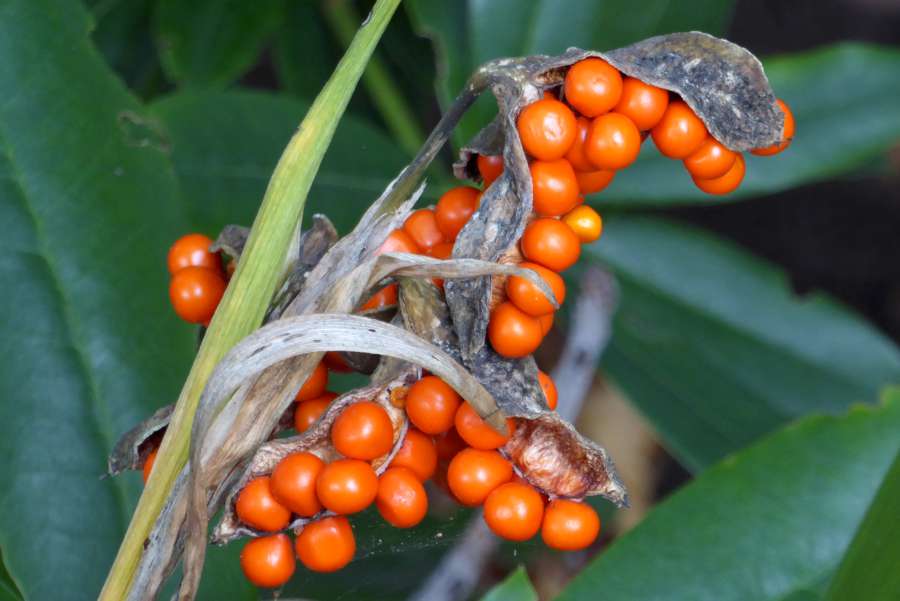
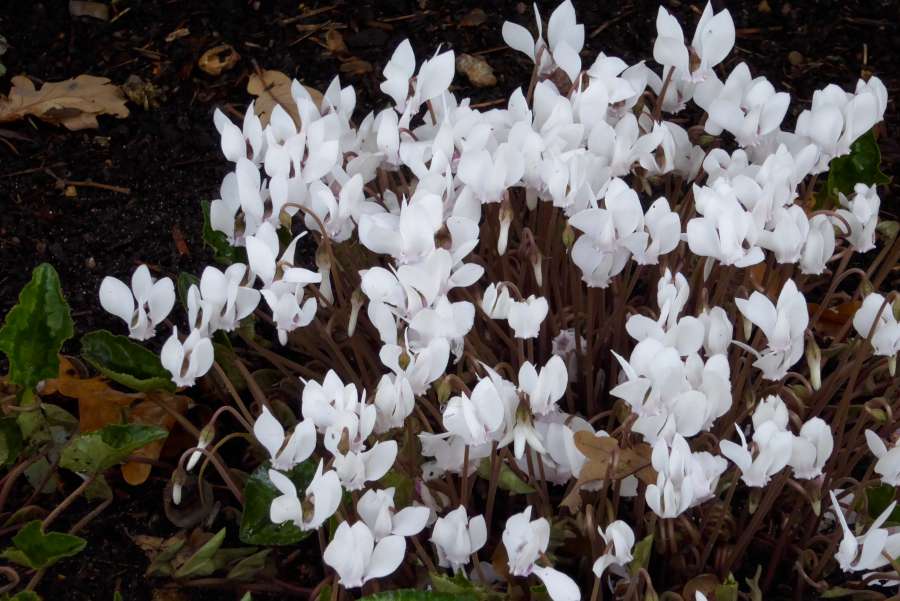
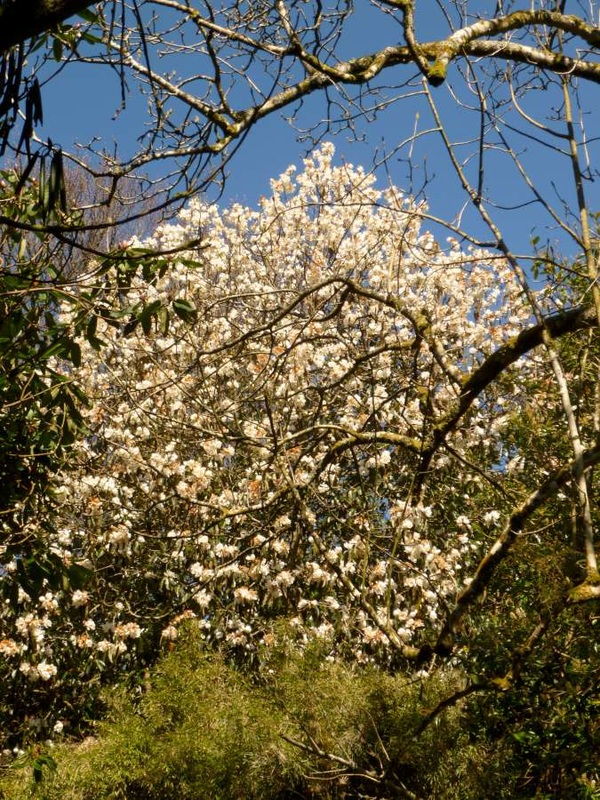
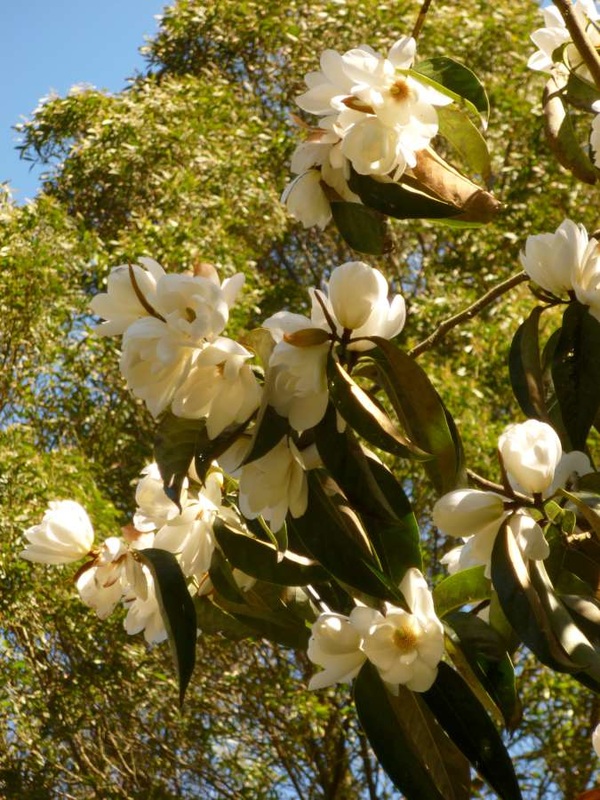
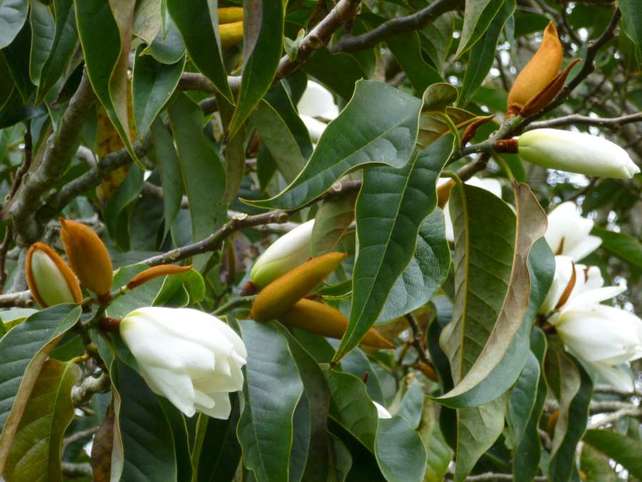
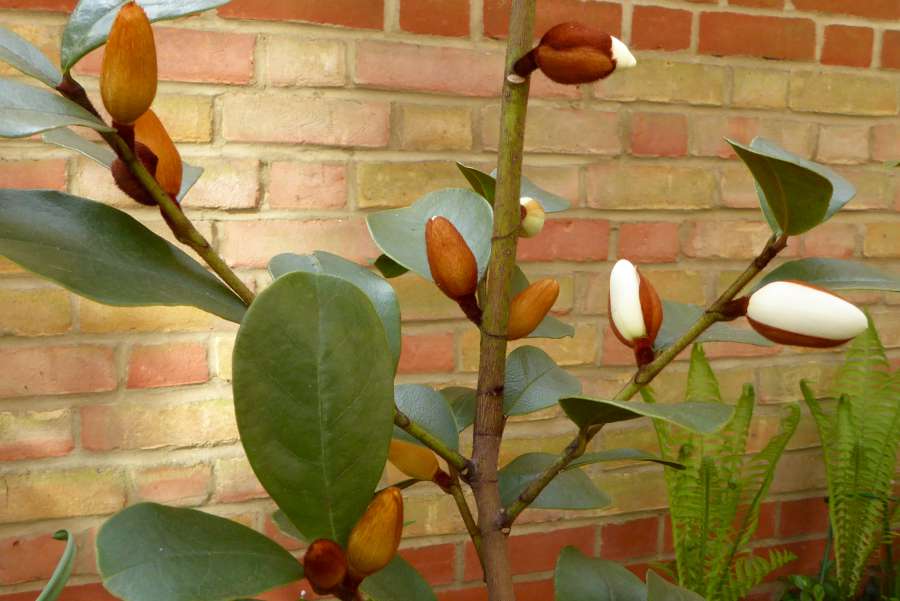
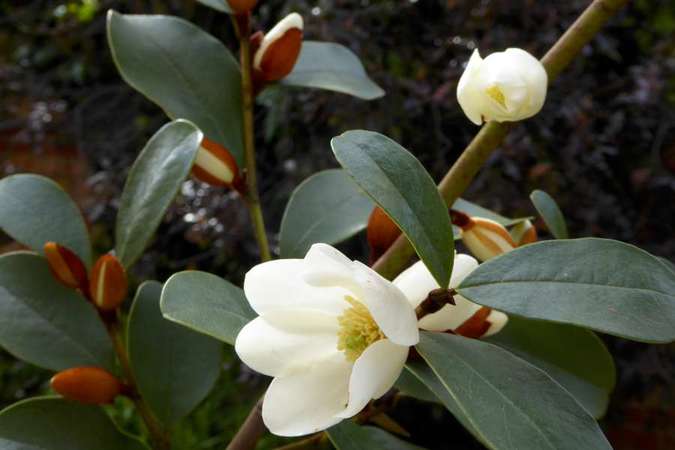
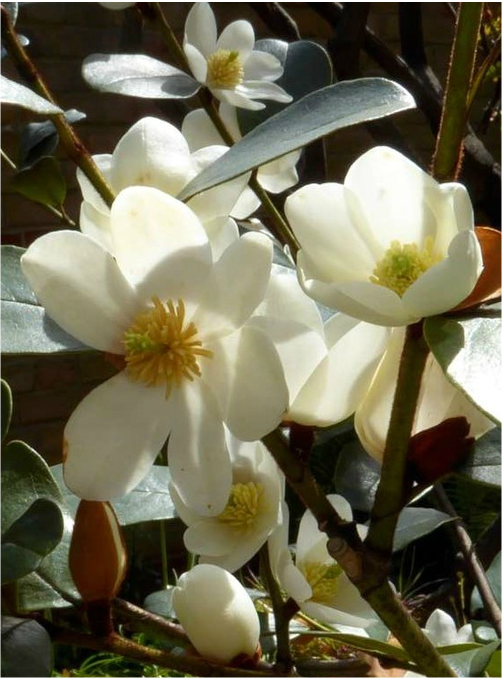
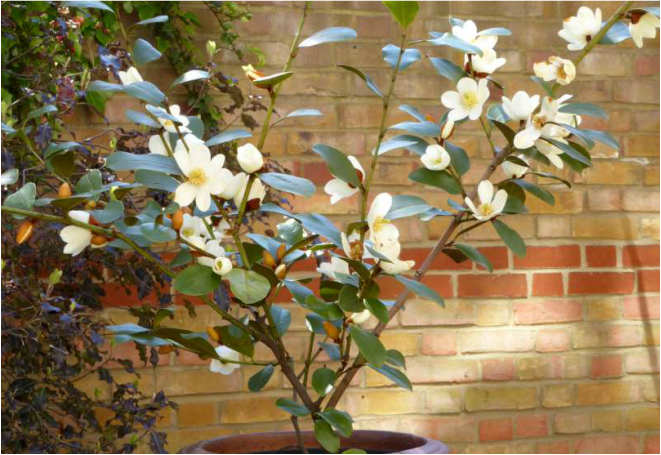
 RSS Feed
RSS Feed